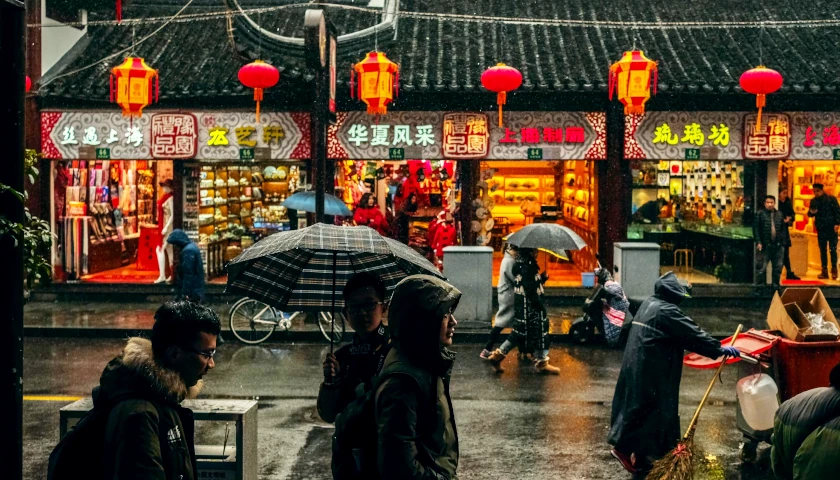The Department of Homeland Security (DHS) announced changes on Tuesday to the H-1B program that will enhance the abilities of American companies to fill job vacancies.
The government says the new rule will “modernize” the H-1B program by simplifying the approvals process, giving employers more flexibility in retaining workers, and enhancing program oversight, according to the DHS press release.
“American businesses rely on the H-1B visa program for the recruitment of highly-skilled talent, benefitting communities across the country,” said Secretary of Homeland Security Alejandro N. Mayorkas. “These improvements to the program provide employers with greater flexibility to hire global talent, boost our economic competitiveness, and allow highly skilled workers to continue to advance American innovation.”
H-1B nonimmigrant visa program allows U.S. employers to temporarily employ foreign workers in specialty occupations, defined by statute as occupations that require highly specialized knowledge and a bachelor’s or higher degree in the specific specialty, or its equivalent.
“The H-1B program was created by Congress in 1990, and there’s no question it needed to be modernized to support our nation’s growing economy,” said USCIS Director Ur M. Jaddou. “The changes made in today’s final rule will ensure that U.S. employers can hire the highly skilled workers they need to grow and innovate while enhancing the integrity of the program.”
This program allows for 85,000 visas every year.
The industry that gets the most H-1B visas is the technology sector. In 2022, 66 percent of these visas went to them. A year later, it was 65 percent.
American companies often use the H-1B program to hire foreigners over American workers at a cheaper rate. For example, a jury in California in October found that tech company Cognizant discriminated against “non-South Asian and non-Indian workers.”
In 2016, Disney laid off 250 tech workers and replaced them with foreign workers. The Americans had to train their own replacements.
In H-1B visa hires, a small portion of companies use this program the most. In 2022, the top 30 H-1B employers hired 40 percent of the applicants, according to the Economic Policy Institute.
By law, H-1B employers are required “to pay the higher of the prevailing wage for the occupation and location or the wage paid to similar employees,” according to the Center for Immigration Studies.
However, many employers don’t follow this law. A 2020 Economic Policy Institute study found that 60 percent of H-1B workers had wages lower than the local median wage.
– – –
Zachery Schmidt is the digital editor of The Star News Network. Email tips to Zachery at [email protected]. Follow Zachery on Twitter @zacheryschmidt2.




